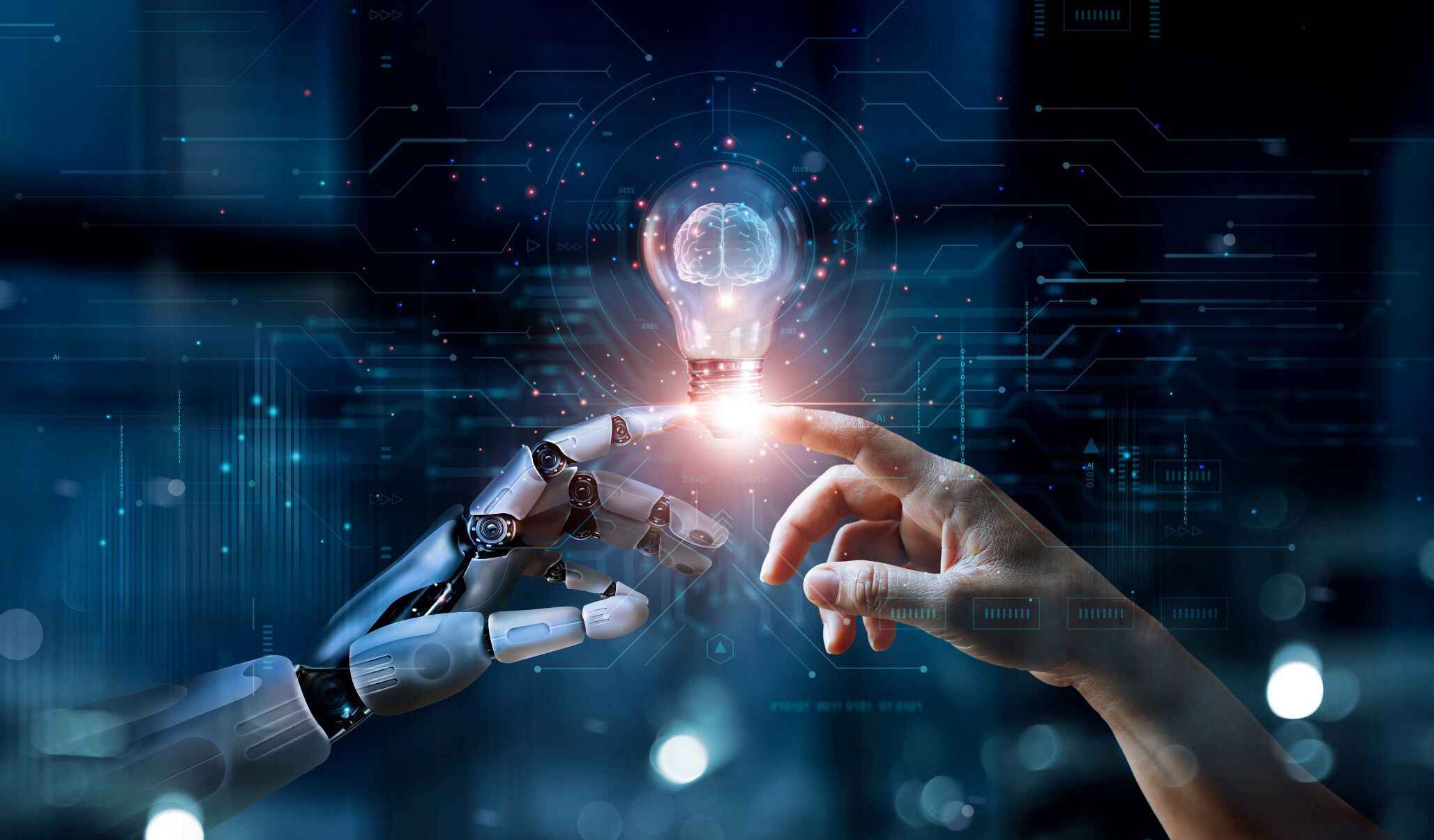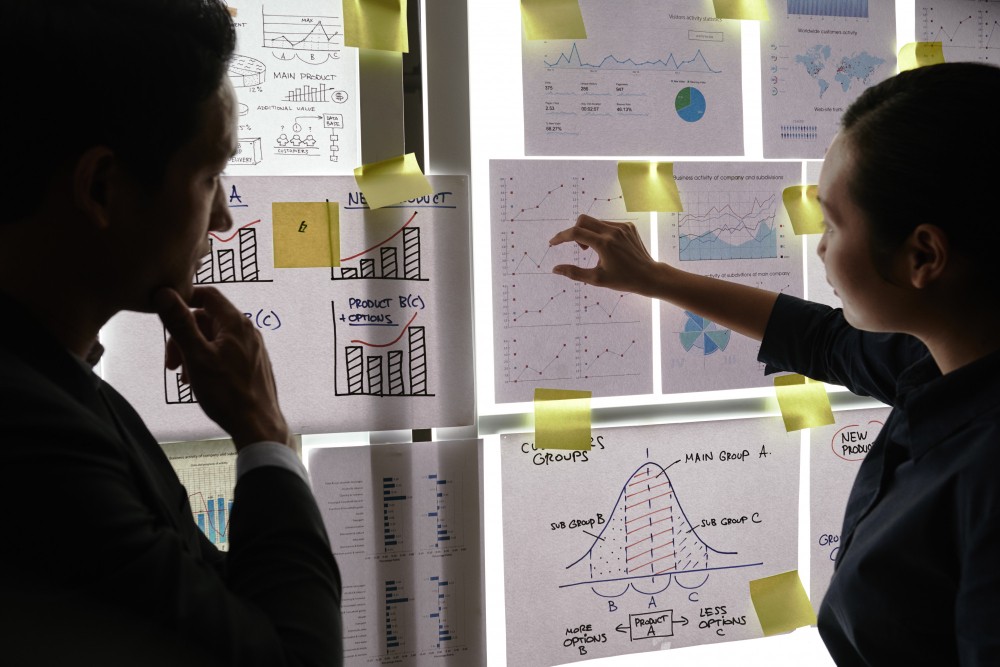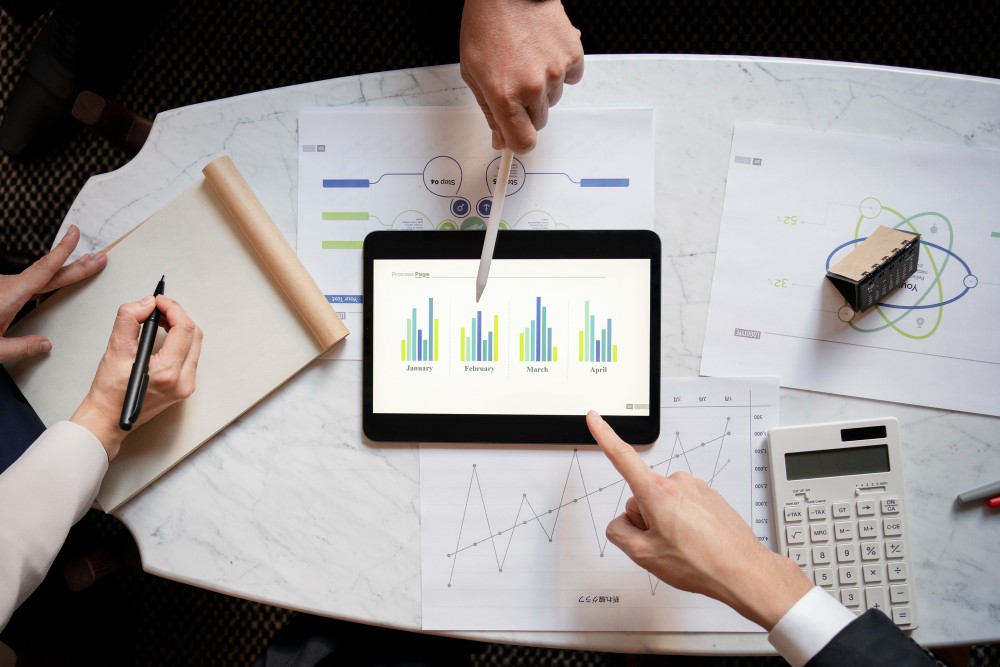Table of Contents
1. Understanding Data Science & Analytics
- Introduction
- Definition of data science & data analytics
2. Key Differences between data science & analytics
- Scope
- Focus
- Processes involves
- Methdologies
3. Techniques & tools for data Science & Analytics
- Statistical modelling
- Machine learning algorithms
- Deep learning techniques
- Natural language processing (NLP)
- Regressiion analysis
- Cohort analysis
- Cluster analysis
- Time series analysis
6. Skills Required for Data science & Analytics
- Programming knowledge
- Statistical knowledge
- Data wrangling and management tools
- Algorithmic knowledge
- Tableu
- Microsoft BI
- Zoho analytics
Understanding data science & analytics
Data science, as the name suggests, is the study of data, which is useful for organizations to make accurate decisions. This also involves processing the raw and unstructured data to solve business problems and predict future trends. Data science is a combination of mathematics, computations, statistics, programming, etc. This field is largely related to AI and one of the most in-demand skillset.
Data analytics, on the other hand, is the process of analyzing large data sets to make conclusive insights. This is derived from analyzing existing or past data to get immediate results. In simple terms, data analytics helps to convert the data numbers into a simple story, making it easier for businesses to find patterns and find clear conclusions.
In this blog, we will explore both data science and data analytics, key differences, skill sets, and techniques. Let’s dive straight into it.
Below is a comparative view on Data Science & Data Analytics
| Feature | Data Science | Data Analytics |
|---|---|---|
| Definition | A domain focused on extracting insights from large datasets. | The process of analyzing existing data sets from past to get insights |
| Scope | Broader, encompassing data analytics, data engineering, and machine learning. | More focused, primarily concerned with analyzing existing data to derive insights. |
| Primary Focus | Building models for future, with unstructured data | Identifying patterns and insights from past data for current decision-making. |
| Key Processes | Involves data collection, cleaning, analysis, model building, and deployment. | Involves defining business questions, collecting and cleaning data, analyzing it, and visualizing results. |
| Techniques Used | Advanced statistical modelling, machine learning algorithms, deep learning, and natural language processing (NLP). | Statistical methods, regression analysis, cohort analysis, cluster analysis, and time series analysis. |
| Skills Required | Programming (Python, R), statistical knowledge, data wrangling, algorithmic knowledge. | Data visualization tools (Tableau, Microsoft BI), statistical analysis skills. |
Key Differences in Data Science & Analytics: scope, focus, methodologies, techniques and tools
Focus point and the process involved
Data science is a broader term that encompasses areas like data analytics, data engineering, and ML. Both fields are closely related, as data act as the main point for deriving insights. The primary focus is on building newer models to predict future outcomes by exploring raw data. Whereas data analytics primary focus falls on getting patterns/insights based on the past data for current decision-making.
The processes involved in data analysis goes like this: a business questions, what exactly is a business looking for (defining clear objective). Then, collecting the data, cleaning it. Once its cleaned, analyzing those data using statistical techniques which will help discover patterns. Next step involves visualizing the data which is analyzed thus making it easier to understand.

Source: Data camp
Data analytics is focused more towards discovering patterns/insights based on the past data for today’s decision making. The process involves in data science is data collection, cleaning, data analysis (where we find out the patters). After analyzing the patterns, the major step involves building a model using ML algorithms. The last step involves model deployment and monitoring the performance.




